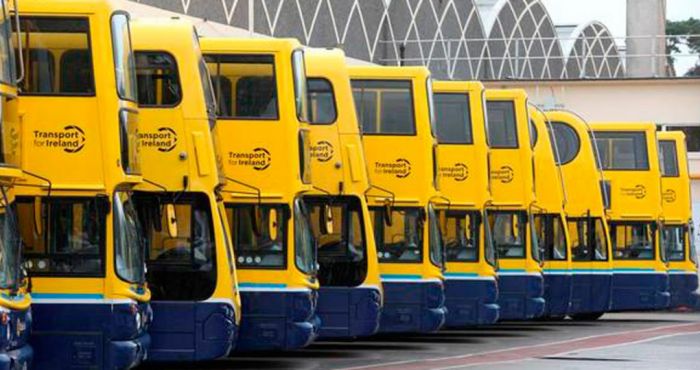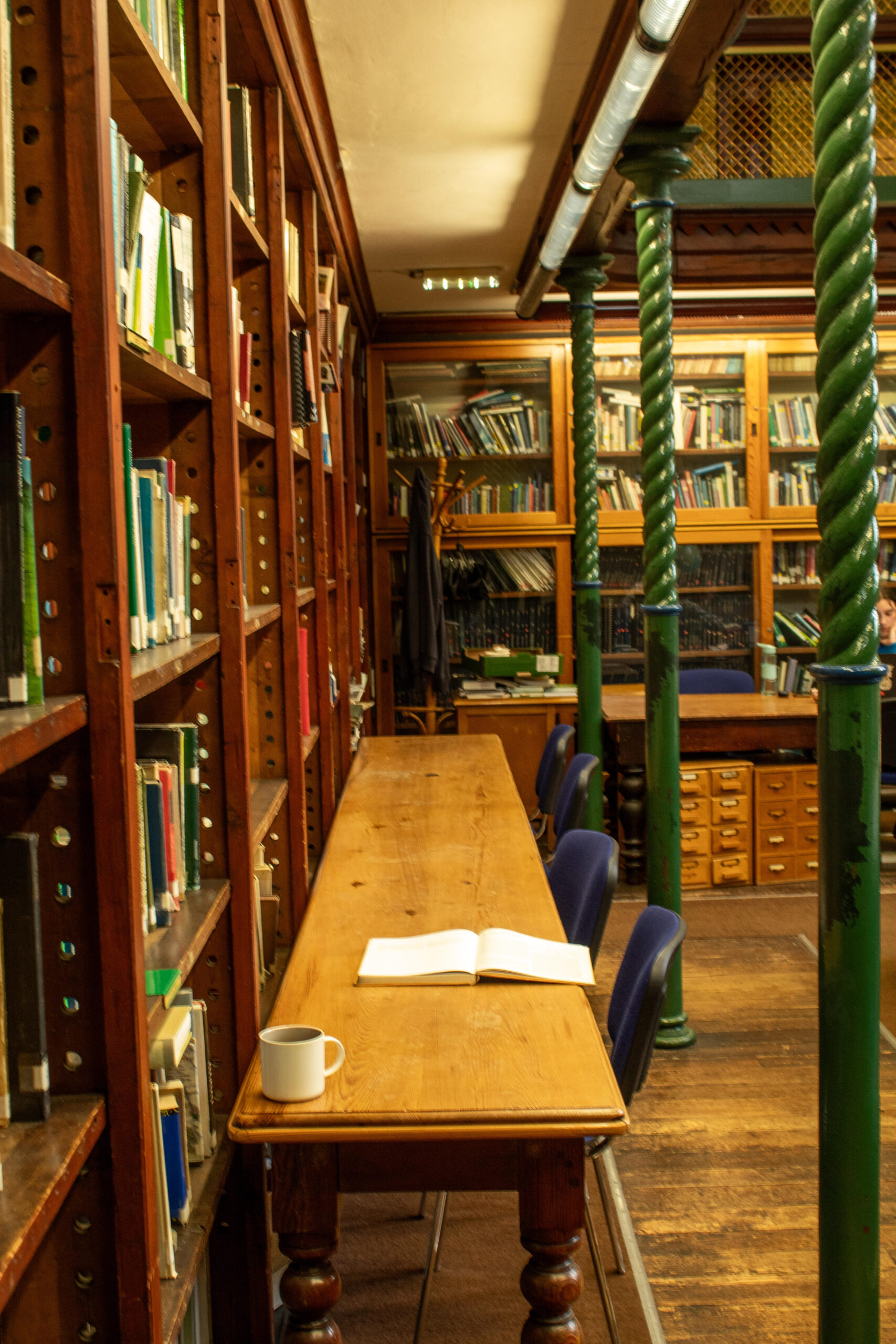We are in a climate and biodiversity crisis, so our transport policies must dramatically shift. For starters, we must make walking and cycling safe and accessible to people of all ages and abilities as a top priority. Unfortunately, the draft Greater Dublin Area Transport Strategy 2022–2042 proposes incremental changes that will help, but not provide the radical transformation needed to put the Dublin region on a sustainable path.
Many crucial initiatives such as a fully electric public transport fleet are kicked down the road to 2035, and there is a lack of clarity on timelines for many sustainable transport projects. There is no commitment to a “Vision Zero” approach to road safety, and improvements in air quality are not quantified. Commitments to improving the public realm and bringing about a child-friendly city must be placed front and centre. Incremental transport changes can no longer be an option. Radical changes are required.
The draft transport strategy bears all the marks of an organisation trying to change tack and pivot towards sustainability, but incapable of achieving it at the rate that is required. I have seen this before. Back in the 1990s, when I criticised a model of Dublin Corporation’s road widening plans that showed only cars on a road widening scheme, a revised model was quickly produced that contained buses as well as cars. Today, the language of sustainability is all too often wrapped with a vision of endless growth that will deliver for the region. The ambition to provide an alternative to car use is limited.
The Strategy is unambitious in its plans to alter the modal split. It suggests that the 58 per cent who travelled by car in 2016 will drop to 49 per cent by 2042, or around a one per cent reduction every three years. This falls far short of what the crisis demands. The pandemic has shown that state agencies and local authorities can act swiftly when needed. We now need to translate the momentum used to tackle coronavirus into action on implementing transport improvements that deliver for climate.
The draft transport strategy bears all the marks of an organisation trying to change tack and pivot towards sustainability, but incapable of achieving it at the rate that is required
One tangible idea would be to pedestrianise more streets in the city centre. It simply does not make sense to allow cars to travel through the centre that have no business being there. It is wrong that the Liffey Quays are clogged with cars morning, noon and night. Other cities such as Brussels and Amsterdam have redesigned their city centres to prioritise walking and cycling. Dublin has implemented some temporary improvements, but it needs to do more.
Let’s plan a Liffey Boulevard for walking and cycling between Heuston Station and the Liffey, and bite the bullet on implementing a car-free College Green. Roads like Pearse St are clogged with cars, which contributes to high levels of pollution in nearby housing. This can and must change. Transport choices must be about health as well as accessibility. If cities like Pontevedra in Spain or Vienna in Austria can make the improvements that are needed, then so can we.
The link between transport provision and spatial planning must be made clearer. The European Union wants every urban region to have a SUMP, or Sustainable Urban Mobility Plan. Instead of scattering new homes across the countryside, we must focus development in towns and villages to reduce reliance on the car. This makes it easier for residents to walk and cycle.
We must also increase the amount of workspaces in commuter towns, and provide more affordable housing in Dublin city. Making it easier to work from home will also help. If we do this right in counties Kildare, Wicklow and Meath, it will reduce the flood of workers commuting by cars to Dublin every weekday morning. Widening the motorways that lead to Dublin would also lead to more traffic chaos. We must reduce the need to travel.
It simply does not make sense to allow cars to travel through the city centre that have no business being there
Making quality streets must also figure in the plans. Too many of our neighbourhoods have been designed around the needs of cars, rather than people. For far too long the car has been king of the transport hierarchy, when it is actually the pretender to the throne. Instead, we must design around the needs of people, not cars. Let’s start by thinking about the needs of older people, of those with disabilities and of children. This means providing wider footpaths, safe routes to school and college and more time to allow pedestrians to cross busy junctions. “Road diets” that narrow or reduce the number of traffic lanes can also help achieve this.
Good design must figure more prominently in our plans. This includes everything from street lighting that improves safety for women and girls to street signs that are attractive and readable. Providing for biodiversity must also be integrated in transport plans. Let’s ensure that the default for landscaping is trees rather than concrete. How about some grass between our tram tracks, as they do in other cities? If we do this right, we can avoid future “Luas-henge” clusters of utility boxes, and look forward to the sound of birdsong rather than pneumatic drills on city-centre streets.
The illustration that accompanies the Strategy shows just one child walking, and an adult is holding his hand. How about allowing that child to let go of the adult’s hand and find his own way in the world? Providing for children’s’ independent spatial mobility needs to be at the heart of our vision for the future. That means working with young people as co-creators of the future that we desire. This would be a radical but important step forward.
This new Transport Strategy is a distinct improvement on what went before, but we can, and should set our sights higher for the years ahead. If we do it right, we can deliver on our climate reduction targets and create a liveable city that works well for people of all ages and abilities.
Ciarán Cuffe is a Green Party MEP representing Dublin.







